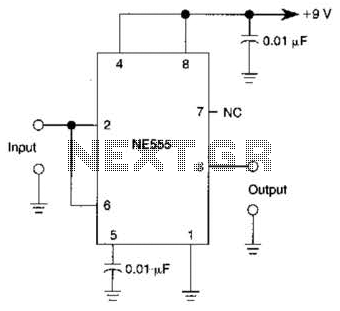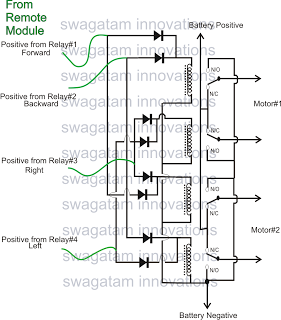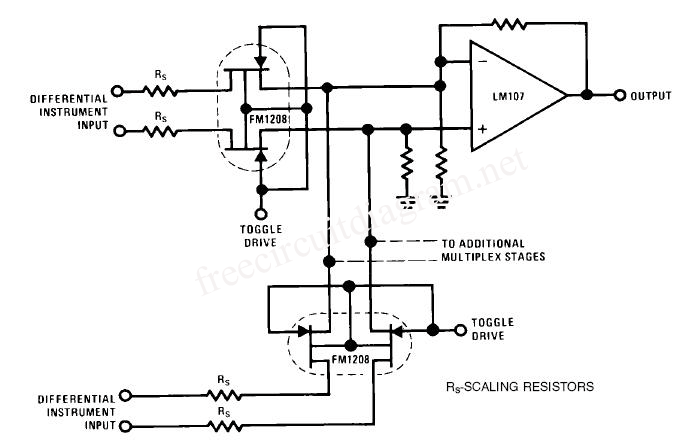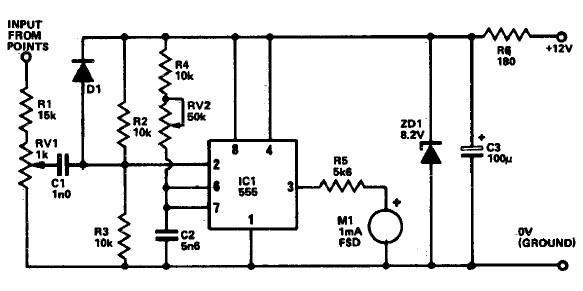
Relative humidity digitizer circuit diagram

The output DC voltage of sensor SEN1 changes linearly in response to variations in relative humidity. This DC voltage is routed through resistors R1 and R2 to the analog-to-digital (A/D) converter chip U2. Resistor R4 is connected to ground, while R7 is utilized for monitoring the output on an LCD display, which indicates readings from 0 to 100 percent.
The circuit incorporates a humidity sensor, SEN1, which generates a DC voltage that corresponds to the ambient humidity levels. As the humidity increases, the output voltage from SEN1 rises linearly, allowing for precise measurement. The output voltage is then fed into an A/D converter, U2, which digitizes the analog signal for further processing.
Resistors R1 and R2 serve as voltage dividers, ensuring that the voltage levels fed into the A/D converter remain within its operational range. R4, connected to ground, stabilizes the reference voltage and helps in setting the baseline for the sensor readings. This is crucial for accurate humidity measurement, as it ensures that variations in the sensor output are correctly interpreted by the A/D converter.
The digitized output from U2 is then sent to a microcontroller or processing unit, which interprets the data and drives an LCD display. Resistor R7 plays a pivotal role in this setup by potentially limiting the current to the LCD, ensuring that it operates within safe parameters. The LCD is calibrated to display humidity levels from 0 to 100 percent, providing a clear and immediate visual representation of the environmental humidity.
This circuit is particularly useful in applications such as climate control systems, weather stations, and industrial processes where monitoring humidity is essential for optimal operation. Proper selection of components and calibration of the A/D converter will enhance the accuracy and reliability of the humidity readings displayed on the LCD.A sensor SEN1 output DC voltage varies linearly according to the relative humidity. This DC voltage is supplied through R1 and R2 to the A/D converter chip U2. R4 to zero. LCD monitor by R7 reading 0 to 100 percent.
The circuit incorporates a humidity sensor, SEN1, which generates a DC voltage that corresponds to the ambient humidity levels. As the humidity increases, the output voltage from SEN1 rises linearly, allowing for precise measurement. The output voltage is then fed into an A/D converter, U2, which digitizes the analog signal for further processing.
Resistors R1 and R2 serve as voltage dividers, ensuring that the voltage levels fed into the A/D converter remain within its operational range. R4, connected to ground, stabilizes the reference voltage and helps in setting the baseline for the sensor readings. This is crucial for accurate humidity measurement, as it ensures that variations in the sensor output are correctly interpreted by the A/D converter.
The digitized output from U2 is then sent to a microcontroller or processing unit, which interprets the data and drives an LCD display. Resistor R7 plays a pivotal role in this setup by potentially limiting the current to the LCD, ensuring that it operates within safe parameters. The LCD is calibrated to display humidity levels from 0 to 100 percent, providing a clear and immediate visual representation of the environmental humidity.
This circuit is particularly useful in applications such as climate control systems, weather stations, and industrial processes where monitoring humidity is essential for optimal operation. Proper selection of components and calibration of the A/D converter will enhance the accuracy and reliability of the humidity readings displayed on the LCD.A sensor SEN1 output DC voltage varies linearly according to the relative humidity. This DC voltage is supplied through R1 and R2 to the A/D converter chip U2. R4 to zero. LCD monitor by R7 reading 0 to 100 percent.





